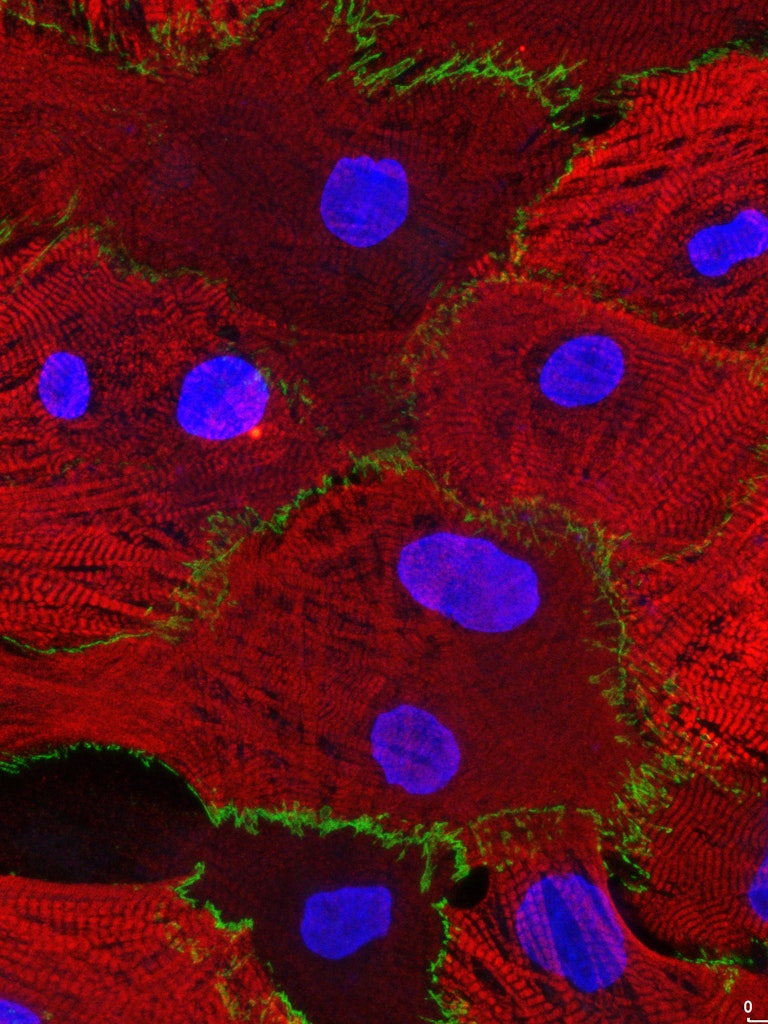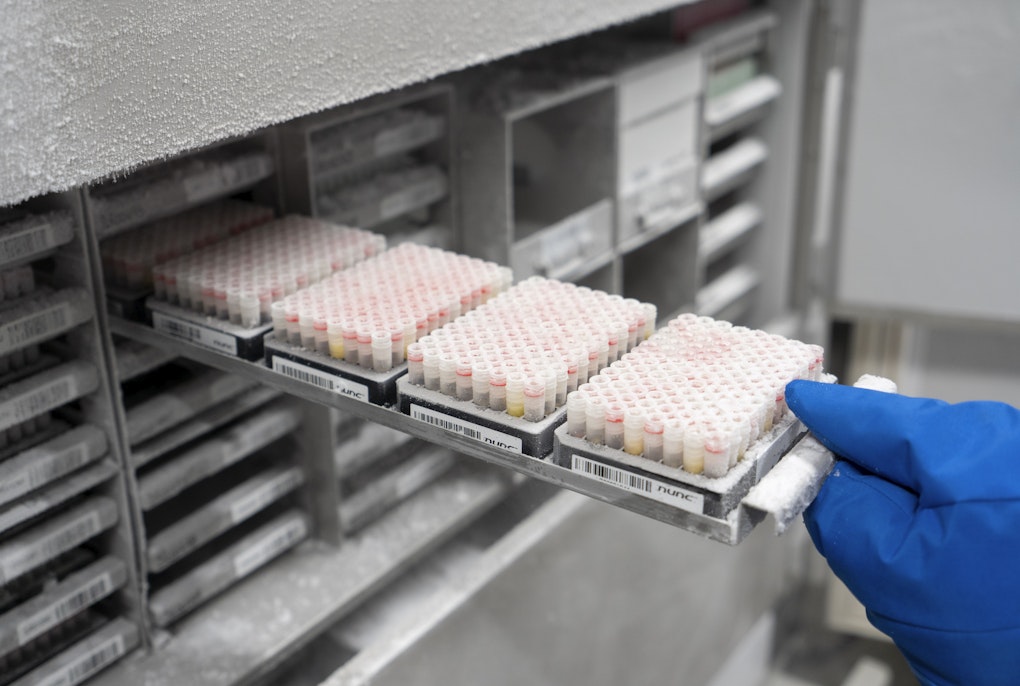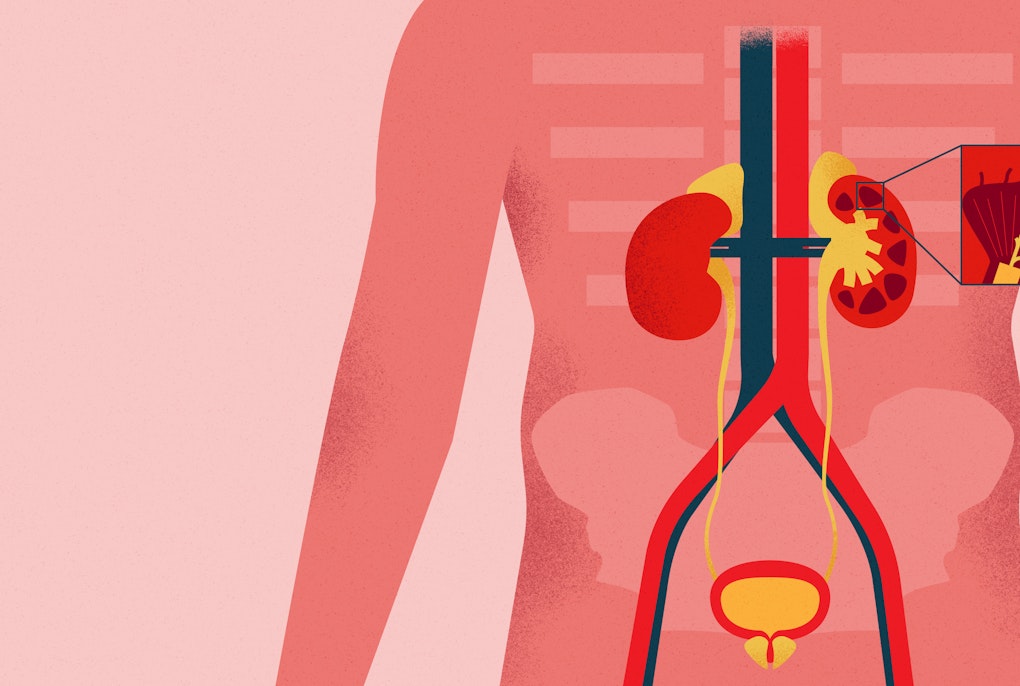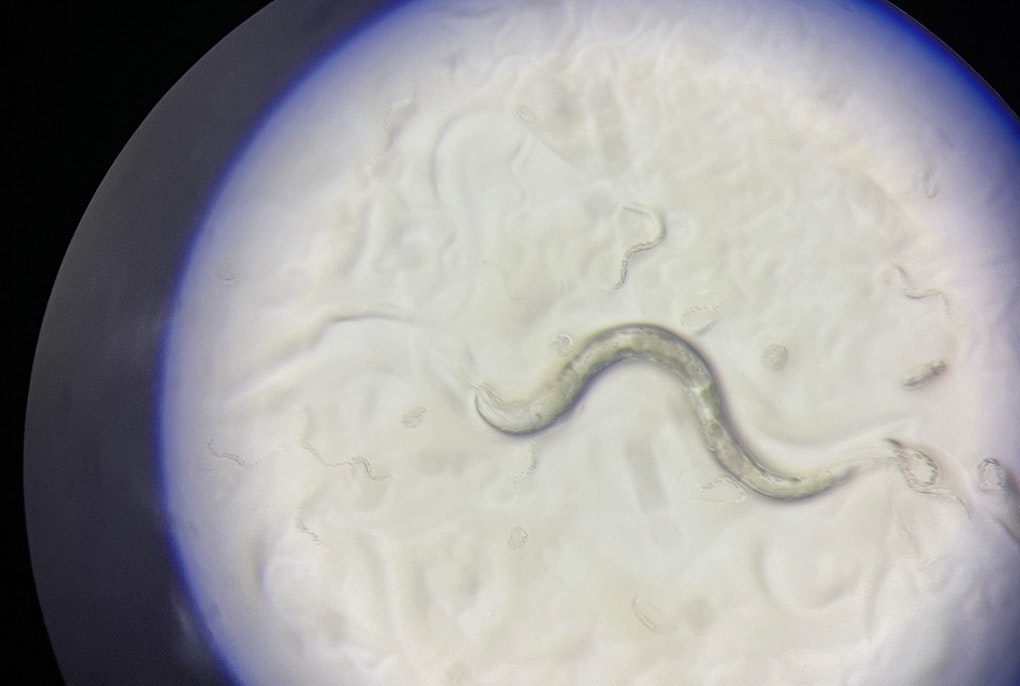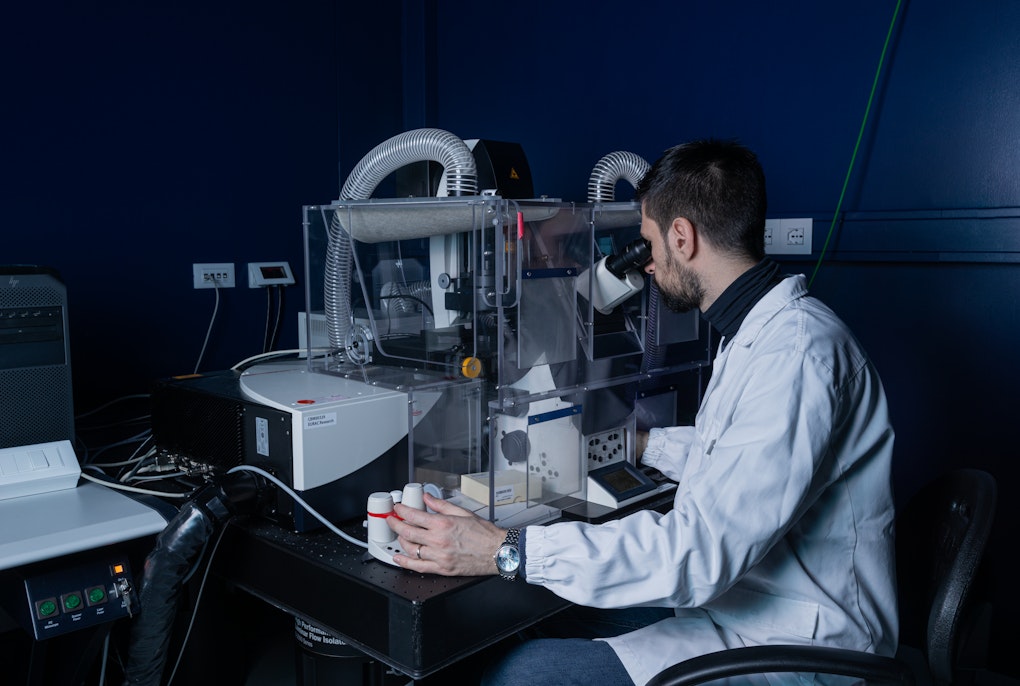magazine_ Article
Free of symptoms but not of fears
Incomplete penetrance in genetic diseases and arrhythmogenic cardiomyopathy
There are genetic mutations that definitely result in a condition or disease, for example albinism and cystic fibrosis. But in the case of many diseases there are those who, despite inheriting a particular genetic mutation, do not get sick. This is called incomplete penetrance. Eurac Research's cardiovascular research group is investigating the dynamics of arrhythmogenic cardiomyopathy , beginning with a representative case study.
Anna was 20 years old when she first lost consciousness due to a heart problem, a malignant arrhythmia to be precise. After several examinations, the medical team looking after her discovers that Anna has arrhythmogenic cardiomyopathy, a serious heart disease that currently has no specific cure. The young woman's life changes dramatically. She undergoes surgery and is implanted with an internal defibrillator that gives her heart a shock every time it fails. On top of this, she has to change her daily routine completely - by giving up the sports she used to practice intensively.
Life changes for her family as well. At first, they worry about her and then, because arrhythmogenic cardiomyopathy is a genetic disease, they cannot help but anxiously wonder if other family members might develop it.
It is at this point that someone starts looking at Anna’s story in a new light.
The cardiologist following the case contacts Eurac Research’s cardiovascular research team and together they begin to devise a study.
“Anna, for obvious privacy reasons, is a fictitious name. But her generosity and that of her family are very, very concrete,” Marzia De Bortoli, a biologist at Eurac Research, tells us with emotion. “In fact, they allowed us to study both from a genetic and cellular point of view the whole family unit, and since arrhythmogenic cardiomyopathy is a rare disease, the results collected are extremely valuable for investigating not just the molecular causes of the pathology but also the phenomenon of incomplete penetrance.”
For some diseases there are estimates of penetrance rates and therefore risk of getting sick, but for those who know they have a certain mutation, living with uncertainty can be emotionally exhausting.
Incomplete penetrance is the scientific name for the phenomenon whereby people have genetic mutations recognized to be responsible for a disease and yet do not get sick, either when they are young or in old age.
The news in itself is good, but the problem is that so far for many genetic diseases, including arrhythmogenic cardiomyopathy, it is not possible to distinguish who is a healthy carrier from those who are destined to develop the disease. For some diseases there are estimates of penetrance rates and therefore risk of getting sick, but for those who know they have a certain mutation, living with the uncertainty can be emotionally exhausting. For example, in recent years the press has reported similar stories of several public figures, including actress Angelina Jolie and model Bianca Balti, who chose to face very invasive total breast removal surgeries because they were carried a mutation in the BRCA1 gene, which is statistically associated with a high risk of developing breast cancer.
“For arrhythmogenic cardiomyopathy, this perennial uncertainty is even more distressing because, beyond regular cardiologic checkups, not many other preventive measures can be taken, and in several cases the first symptom of the disease is sudden death,” comments De Bortoli.
Analysing samples and stem cells
There are about 20 genes that have been identified as responsible for arrhythmogenic cardiomyopathy. The research group focused on a mutation in the PKP2 gene, one of the genes that most frequently occurs in a mutated form in patients with this disease.
The group’s researchers analyzed samples from the same family obtained from family members with a mutation in this gene and who were sick, and from other members who had the same mutation but were clinically healthy – including one elderly person who presumably will never develop the disease. As a control they also took samples from one other family member who did not inherit the mutation.
Cultures of heart cells aka cardiomyocytes were created for each of the family members using a technique which induced pluripotent cells from a blood draw.
Detail of a culture of the beating cardiac cells aka cardiomyocytes, obtained by Induced pluripotent stem cells. The movement is the pulse.Video: Marzia De Bortoli | Eurac Research
“We have analyzed and identified certain molecular and cellular features that distinguish individuals with the same mutation who are sick and who are not. Unfortunately, we are not yet able to give decisive answers to patients, but to have identified these differences is in itself a huge step forward. And for this we are very grateful to our donors,” explains study coordinator Alessandra Rossini, the biologist leading the Eurac Research cardiovascular research group. "The fact that there are differences, albeit small ones, at the genetic and cellular level, actually means that we can work toward a diagnostic system that can identify whether a person is an asymptomatic carrier of the mutation and thus take them out of the state of anxiety sooner rather than later.”
Get to know more about arrhythmia
At Eurac Research we have been studying arrhythmogenic cardiomyopathy for years. Among the most recent results is the identification of a molecule that reduces fat accumulations that suffocate the heart cells of patients with arrhythmogenic cardiomyopathy.
In our “Arrhythmia” dossier we describe the different forms of cardiomyopathy and how far research has come in a simple and concise way. The dossier was prepared in close collaboration with Dr. Werner Rauhe, former head of the “ Intensive Cardiac Care Unit” at Bolzano Hospital, with whom the research team has shared numerous studies, including one on incomplete penetrance.
Paper and funding
The scientific paper “Modeling incomplete penetrance in arrhythmogenic cardiomyopathy by human induced pluripotent stem cell derived cardiomyocytes” was published in the Computational and Structural Biotechnology Journal (CSBJ) and was authored by 17 people including Maja Schlittler who also used to work at the Institute. Part of the study's research was carried out in the framework of the INCardio interreg project.
